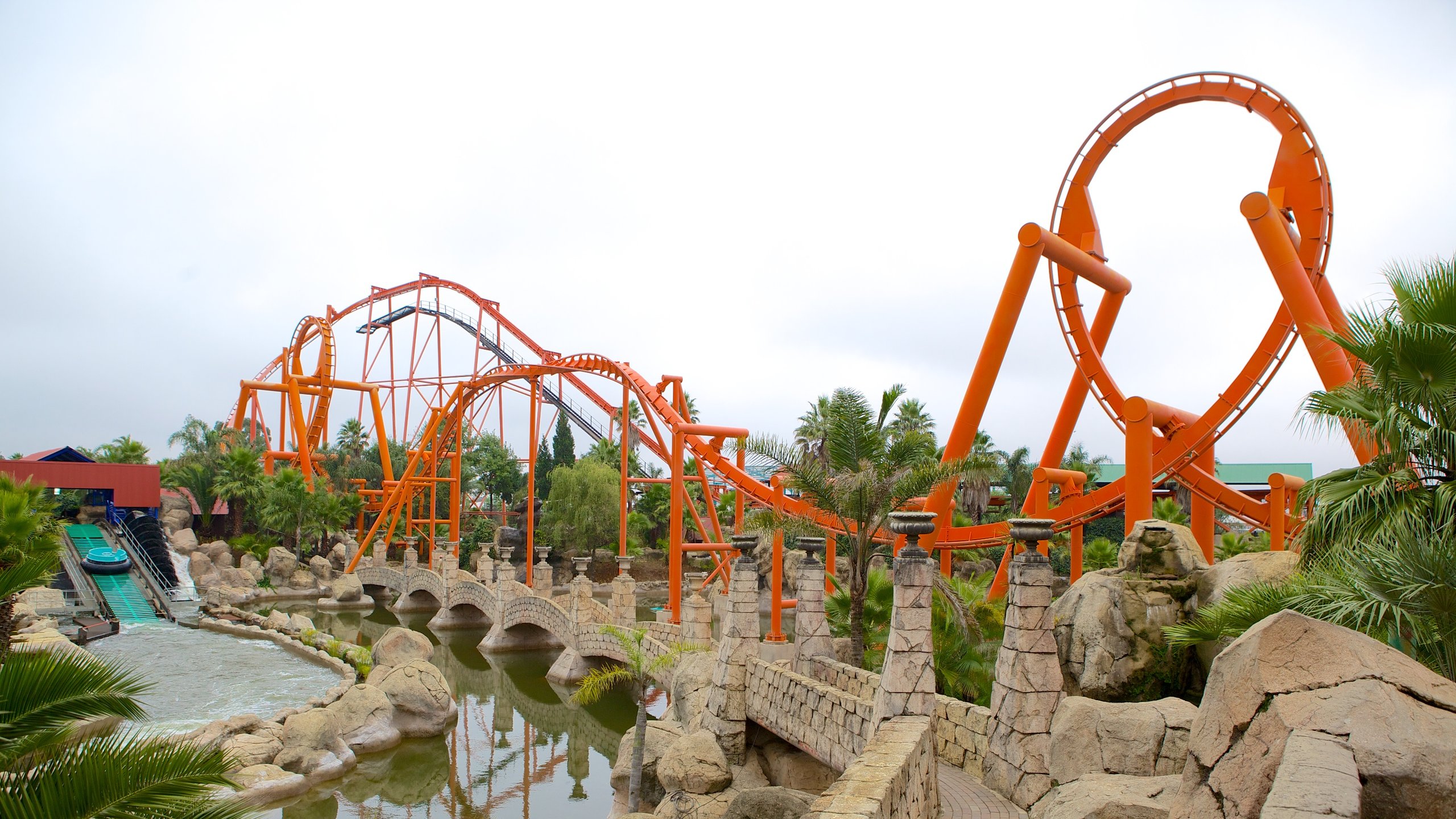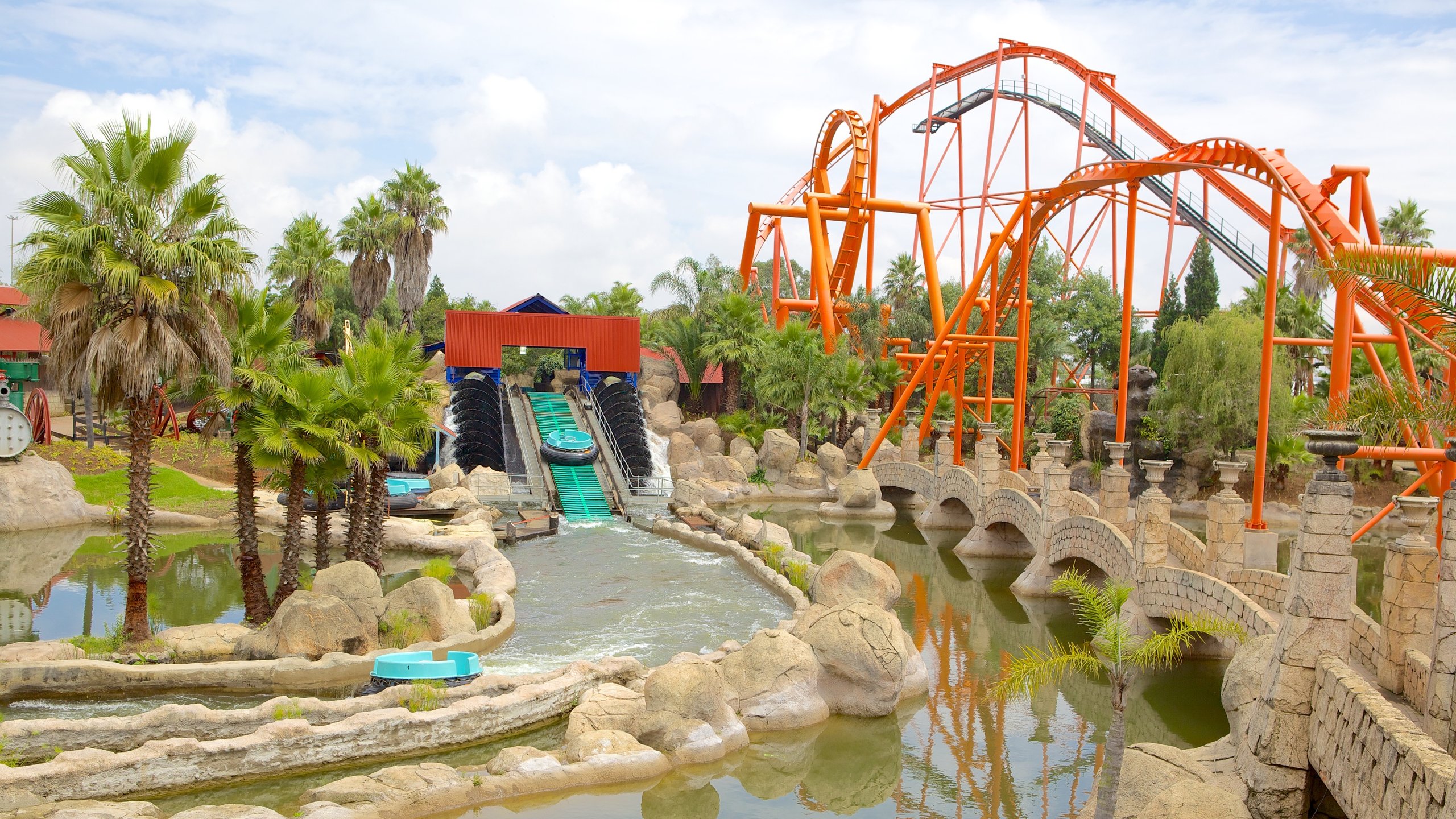Johannesburg North Attractions - The Facts
Johannesburg North Attractions - The Facts
Blog Article
Getting The Johannesburg North Attractions To Work
Table of ContentsJohannesburg North Attractions Things To Know Before You Get ThisThe Only Guide for Johannesburg North AttractionsThe Main Principles Of Johannesburg North Attractions Johannesburg North Attractions Things To Know Before You BuyHow Johannesburg North Attractions can Save You Time, Stress, and Money.The Single Strategy To Use For Johannesburg North Attractions
The city expanded on the side of the Witwatersrand Main Coral reef, a below ground stratum of gold-bearing quartz-silica empire that arcs for hundreds of miles below the Highveld - Johannesburg North attractions. Most of the gold mines in the city ceased operation in the 1970s, but in its day the Witwatersrand gold sector accounted for even more than 40 percent of the world's annual gold production.Johannesburg has a warm environment. The city enjoys about 8 hours of sunshine per day in both winter months and summertime.
What rainfall the city obtains falls nearly solely in the summertime months, commonly in amazing late-afternoon electric tornados., where numerous locals still rely on coal for gas.

Excitement About Johannesburg North Attractions
The equilibrium of the city is inhabited by whites. Lodging differs in character and quality.
Physical development, although rather restricted by transport, proceeded rapidly as migration to South Africa, and Johannesburg in specific, boosted considerably.
Most inadequate suburbs were combined, with bad blacks and whites living together, although the wealthy suburbs were generally reserved for whites.
The previous system of eleven numbered regions was reorganised in 2006. Marshalltown, as seen from the top of the Carlton Centre. The M1 and M2 run behind the structures, and the southerly suburban areas expand past the freeway border. The central city of Johannesburg lies within the city's Area F. The approximated population of the region is 200,000, [] The number of people living in the inner city on an informal basis is unknown, as several are unlawful immigrants. The majority of higher-income homeowners and white people have actually transferred to the north suburban areas and have been changed by lower-income black people. The joblessness, education and learning, and age profiles of the area are all unknown, due to the problem of getting reliable details concerning the location.
The Best Strategy To Use For Johannesburg North Attractions
Centred on the CBD, the area consists of the residential areas of Yeoville, Bellevue, Troyeville, Jeppestown, and Berea to the east. To the west it infects Pageview (Johannesburg North attractions) and Fordsburg. There are small industrial areas to the south, such as City West-Denver and Benrose. Around 800,000 travelers travel through the inner city every day, and it functions as a regional purchasing node for visitors from the southerly suburbs. Yeoville and Bellevue have a mix of apartment and solitary household devices on little great deals. The area is located on a hilly divide that ranges from east to west. One of the most noticeable geographic function is Observatory Ridge, which is named for the huge observatory located on it. The entertainment spaces are no longer used, due to safety and security troubles.

Johannesburg Arena, a training school for both the Golden Lions and Orlando Pirates, is nearby. The eastern residential areas of Johannesburg are situated in the city's 7th [] and 9th [] regions. The location is likewise functionally integrated with East Rand border communities beyond the official boundary of Johannesburg, such More about the author as Bedfordview and Edenvale (both part of Ekurhuleni Metropolitan District).
The Basic Principles Of Johannesburg North Attractions
The eastern suburbs are some of the oldest areas of Johannesburg, there are large communities of Jewish and various other European histories, the majority of the population is English speaking. There are three golf training courses as well as a number of protected ridges with viewsites.
The area is primarily composed of old "matchbox" residences, or four-room homes constructed by the federal government, that were developed to supply inexpensive holiday accommodation for black workers throughout apartheid. Soweto is an acronym, representing "South Western Townships". Street after street in this field is lined with matchboxes; however, there are a couple of smaller sized areas where flourishing Sowetans have built houses that are more comparable in stature with those in even more upscale suburbs.
Hostels are an additional noticeable physical attribute of Soweto. Originally constructed to house male migrant employees, many have actually been improved as residences for couples and households. The N1 Western Bypass skirts the eastern border of Soweto. The residential area was not historically allowed to create employment centres within the location, so nearly all of its citizens are commuters to various other parts of the city.
What Does Johannesburg North Attractions Mean?
The residential areas in the north residential areas are mostly formal, with no significant areas of casual housing, or housing that does not have a permanent structure. This is an established location, there is a trend of land usage change from my response property to industrial, especially along main arterial roads and around recognized nodes.
The area is well attached to road networks, especially along the north-south axis developed by the M1 and N1. Roadways to the east and west are less well created, as there are no highways travelling because instructions. In the direction of the northern border of the city, the density of advancement reduces, leaving big locations of primitive land around Midrand.
About Johannesburg North Attractions
, which is located on a hill overlooking the inner city and Hillbrow.
Report this page